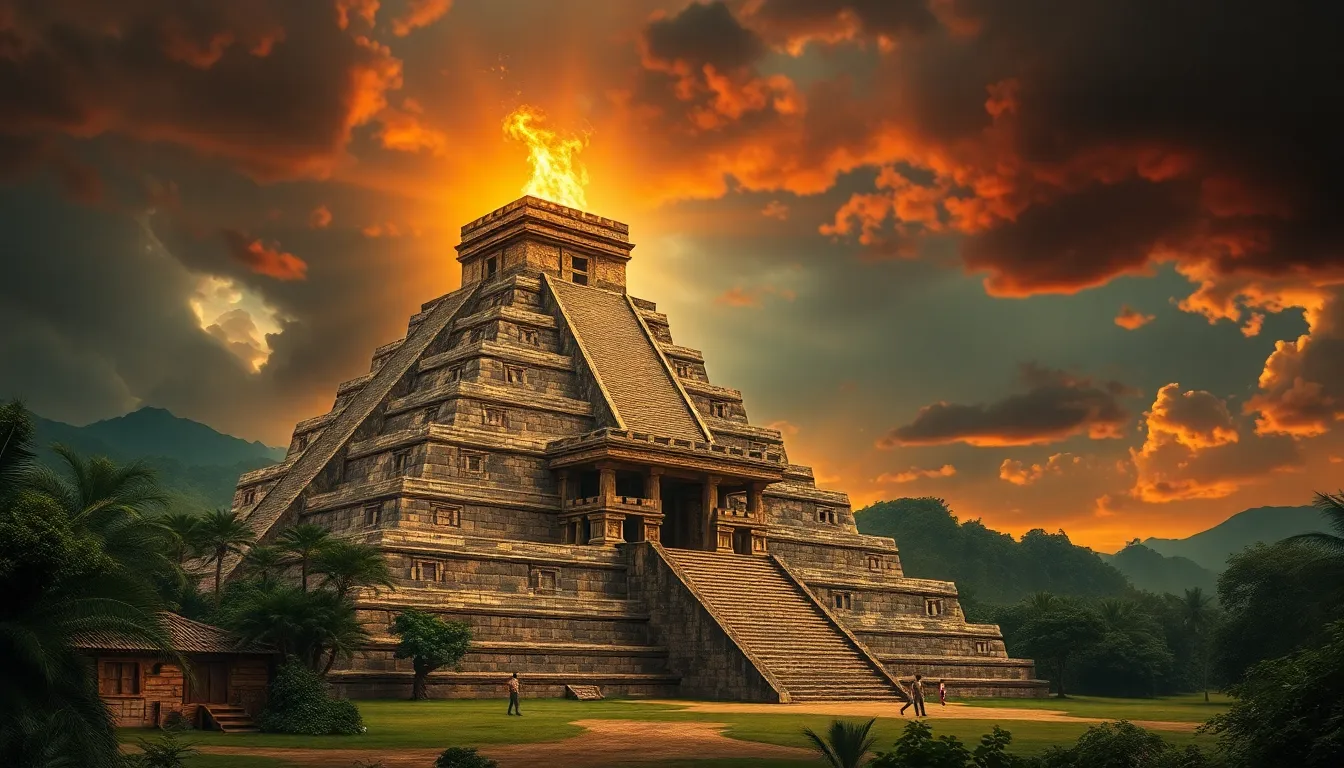The Enigmatic Kingdom of the Shadow People: Myths of the Unknown
Introduction to Shadow People
Shadow people are often described as dark, humanoid figures that appear in peripheral vision and vanish when directly observed. They are typically characterized by their lack of distinct features, often resembling silhouettes or shadows. Throughout history, these entities have been attributed to various meanings, ranging from malevolent spirits to benign guardians.
Culturally, shadow entities hold significant importance across different societies. For instance, in many indigenous cultures, they are seen as spiritual messengers or warnings. The fascination with shadow people reflects humanity’s deep-rooted curiosity and fear of the unknown.
Historical Roots of Shadow People Myths
Beliefs in shadowy figures can be traced back to ancient civilizations. The Egyptians, for example, believed in ka, or spirit doubles that could exist in shadow form. Similarly, in ancient Greece, the concept of phantoms or shades was prevalent, often tied to the souls of the deceased.
As history progressed, the legends surrounding shadow people evolved. In the Middle Ages, these figures were often associated with witchcraft and demonic possession. By the 19th century, the advent of spiritualism brought about new interpretations, linking shadow people to the spirit world and the afterlife.
Cultural Variations: Shadow People Around the World
Shadow people mythology varies widely across cultures:
- Europe: In European folklore, shadowy entities are often linked to the supernatural, described as spirits that haunt specific locations.
- Africa: Many African tribes believe in shadow beings that act as protectors of sacred spaces or as tricksters that test individuals.
- Asia: In some Asian cultures, shadow figures are seen as manifestations of negative energy or spirits that can influence the living.
- Americas: Native American tribes often view shadow people as omens or reflections of the spiritual world, embodying lessons or warnings.
Despite the differences, many myths share common themes—fear, protection, and the presence of the unknown.
The Psychology Behind Shadow People Experiences
Many individuals report encounters with shadow people, sparking interest in the psychological underpinnings of these experiences. Theories suggest that such sightings may be linked to:
- Sleep Paralysis: A phenomenon where individuals are unable to move while waking up or falling asleep, often accompanied by hallucinations.
- Stress and Anxiety: High levels of stress can lead to heightened perceptions of unknown threats, manifesting as shadowy figures.
- Hallucinations: Certain psychological conditions, such as schizophrenia or extreme fatigue, can cause visual distortions, including shadow figures.
The Shadow Realm: Mythical Characteristics and Abilities
In folklore, the shadow realm is often depicted as a dark, ethereal dimension inhabited by shadow people. This realm is said to be a place of transition between the living and the dead.
Shadow people are attributed various powers and behaviors:
- Guardians: Some believe they serve as protectors or guides for souls in transition.
- Tricksters: Others view them as mischievous entities that deceive and manipulate the living.
- Omens: Many cultures consider shadow sightings as bad omens or warnings of impending danger.
Modern Interpretations and the Rise of Internet Lore
The internet has dramatically altered the perception of shadow people. Online platforms have become spaces for sharing personal experiences and theories, leading to a resurgence in interest. Viral stories and community forums allow individuals to connect over their encounters, creating a shared narrative that often blurs the lines between myth and reality.
Shadow People in Popular Culture
Shadow people have found their way into various forms of popular culture, appearing in movies, literature, and art. Notable representations include:
- Movies: Films like “The Conjuring” and “Insidious” have depicted shadowy figures as harbingers of horror.
- Literature: Authors such as Stephen King have incorporated shadowy entities into their narratives, exploring the fear of the unknown.
- Art: Artists often depict shadow figures to symbolize the darker aspects of the human psyche.
These portrayals have significantly influenced public perception, often associating shadow people with fear and malevolence.
Investigating Encounters: Personal Stories and Anecdotes
First-hand accounts from individuals who claim to have encountered shadow people reveal common themes and patterns. Many describe feelings of dread or unease during their experiences. Common narratives include:
- Sightings in dimly lit areas, often at night.
- Feelings of being watched or followed.
- Encounters during states of heightened emotional stress.
These shared experiences contribute to the mythos surrounding shadow people, reinforcing the belief in their existence.
Scientific Perspectives on Shadow Phenomena
Scientific inquiry into shadow phenomena has produced various explanations. Studies in neuroscience and psychology suggest that shadow sightings may result from:
- Neuroscience: Brain activity during sleep paralysis can cause visual and auditory hallucinations.
- Psychology: Cultural beliefs and personal fears can shape perceptions of shadow figures.
- Sociology: The sharing of experiences in social contexts can reinforce the belief in shadow people.
These perspectives highlight the complex interplay between culture, psychology, and the phenomenon of shadow sightings.
Conclusion: The Enduring Mystery of Shadow People
The mythology of shadow people continues to intrigue and mystify. Throughout history, these entities have served as symbols of fear, protection, and the unknown. Their significance in contemporary society reflects our ongoing struggle to understand the boundaries between reality and the supernatural.
As we delve deeper into the phenomena surrounding shadow people, we uncover not only stories of fear and fascination but also insights into the human psyche and our relationship with the unknown.



